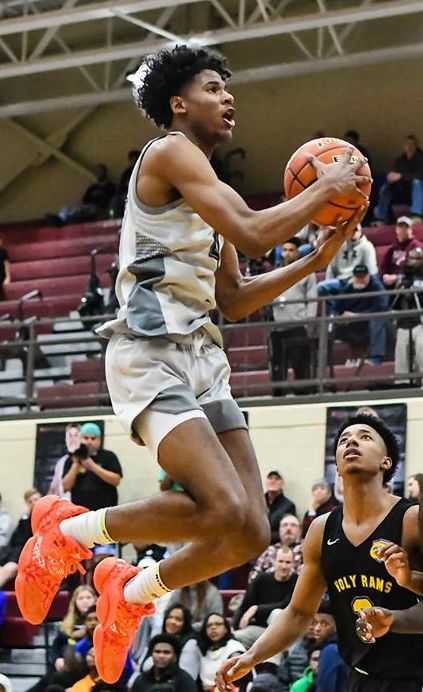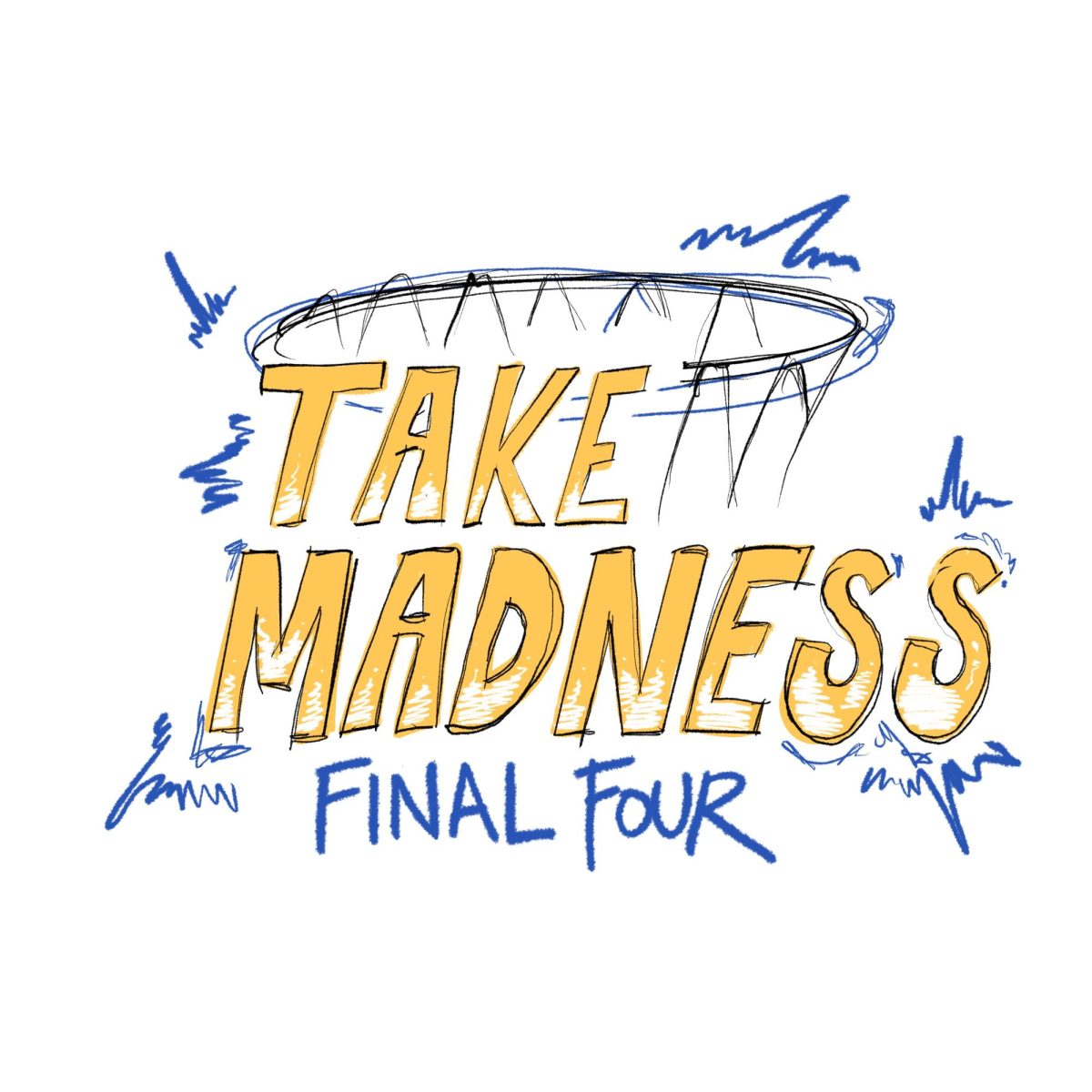Point-Counterpoint | The case for NCAA modernization
Jalen Green opted to forego the college route to play in the NBA’s G League.
May 19, 2020
News flash — College basketball isn’t going anywhere.
Even before a pandemic-induced shutdown and subsequent cancellation of the annual championship tournament, questions about the sport’s future bubbled below the surface as both federal authorities and NCAA leadership conducted investigations into top programs and coaches. These questions boiled over when three top recruits were lured away from the traditional road to the NBA by lucrative offers to spend a year of professional development with a startup team in the G League, the NBA’s minor league, before becoming eligible for the draft next year.
Jalen Green, a consensus top-three prospect in the 2020 class, is the biggest name of those spurning the collegiate one-and-done route. But for every Green and LaMelo Ball, players who opt to take their year off professionally, there are dozens, even hundreds of Ja Morants and DeAndre Hunters, Cassius Winstons and Obi Toppins who know the best thing for their development as a player and a person is to excel on the court in college.
Perhaps the biggest question mark raised by the G League’s aggressive pursuit of top prospects is what could have happened with rookie Pelicans forward and former Duke sensation Zion Williamson had the G League came knocking with a similar opportunity it has given Green. Williamson has been square in the media’s focus throughout his single year at Duke, even sparking massive debate about amateurism in college athletics after injuring his knee in a much-hyped matchup with rival North Carolina.
Williamson, with his name recognition and ability to lure names like ‘Former Chicago Resident’ and former President Barack Obama and Jay-Z courtside, surely would have been worth even more than the very generous package — reportedly including a $500,000 salary in addition to a full college scholarship. Would he have taken that offer, forsaking the year learning under Duke’s head coach Mike Krzyzewski for a sizable salary and professional-aimed development?
To answer this hypothetical, let’s turn to the phenom himself. In an interview with The JJ Redick Podcast, Williamson revealed he had strongly considered returning to Duke for his sophomore season this year.
“Nobody ever believes me. They think I’m just saying that. I genuinely wanted to go back,” Williamson said. “I felt like the NBA wasn’t going anywhere. The money thing, that’s money. I don’t play this for money. I play this because I genuinely love the game. I just loved my experience at Duke so much where I wanted to stay.”
So why did 2019’s first overall selection end up declaring for the draft? Along with his mother, Williamson largely credited Coach K for the decision.
“It was one of those situations where Coach K is not going to let me come back,” Williamson said. “He wants me to do what’s best for my family.”
To some, it may seem surprising that a coach who no doubt would benefit from Williamson returning for his sophomore year would encourage him to go to the pros, but the same connection with the legendary coach that inspired Williamson to attend Duke in the first place nearly tempted him to return, despite the lure of the NBA and all the riches that would come. That’s the benefit of a player of Williamson’s ability making the most of the college experience offered to him.
But not every player can be Williamson, and not every prospect is capable of making the leap to professional basketball that Green is about to take. Those left behind will continue to produce shining moments throughout the season, especially come March. If that doesn’t interest you without the participation of “top-tier” talent, then that’s your loss.
There is no arguing that the road ahead for college basketball is filled with as much uncertainty as ever. But the magic and madness that endears the sport to its devoted fans year round and those who resurface each March will survive.
This column is part of a point-counterpoint series. To read the counterpoint, click here.



